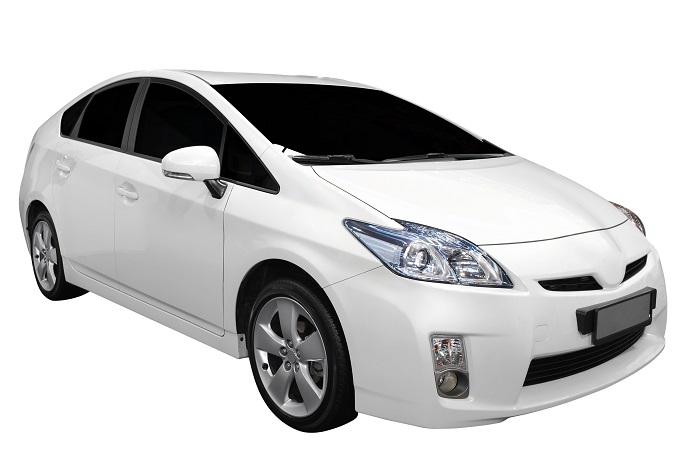According to the Organization of Petroleum Exporting Countries (OPEC) annual “World Oil Outlook” report, fossil fuel-dependent vehicles will still make up a majority of the world’s automobile market two decades from now.

Specifically, the Organization states 94% of the global car fleet will run on fossil fuels by 2040. By then, 1% of the market will be electric vehicles.
“Without a technology breakthrough, battery electric vehicles are not expected to gain significant market share in the foreseeable future,” the group predicts.
For those curious, hybrids fall in to a sort-of in-between category for OPEC — the group considers this type of car to be mostly gas powered due to its onboard gas-burning engines. Knowing this helps us better understand why OPEC predicts that this particular car will command 14% of the market by 2040.  The report also goes on to estimate that hydrogen and natural gas-powered cars will not make a significant impact on oil consumption; this will largely be due to the high cost associated with creating the engines for these cars, as well as a lack of fueling infrastructure.
The report also goes on to estimate that hydrogen and natural gas-powered cars will not make a significant impact on oil consumption; this will largely be due to the high cost associated with creating the engines for these cars, as well as a lack of fueling infrastructure.
Two additional points worth noting from the report — OPEC concedes that cars will become more efficient as better technologies are created and adopted into future vehicles. Also, the Organization believes oil demand will continue to grow over the next 25 years due to emerging mobility markets; specifically, China and India.
Now for some reflection — a lot of these predictions and estimations should be taken lightly. Obviously, OPEC has a significant stake in increased oil consumption. As such, downplaying the adoption of battery powered electric vehicles on the mass market benefits the bottom line of those listed on the Organization’s roster.
Also, the report comes off a bit shortsighted — especially in its opinion that the electric vehicle market is without the technological resources to see significant adoption by the mass market. One needs not look any further than the recent headlines describing advancements made with lithium-air battery technology to understand just how quickly this technology is being improved upon, as well as those pertaining to electric vehicle manufacturer Tesla and its commitment to building gigafactories throughout the country for the purpose of mass producing better EV batteries.
With each success story being published, it appears as though support for EVs is becoming greater, especially among those who are in a position of power. Case in point: Mary Nichols, head of the California Air Resources Board. She is working on a piece of legislation right now that would mandate all new cars sold in California by 2030 must be zero emissions vehicles. Sure, it’s a long way away from being put into place, but that’s not to say laws like this couldn’t one day become reality. If and when they do, a majority of the market will seek to purchase an EV to fall within their local government’s code of compliance. And should it prove successful in one state, other states will adopt it too, thereby creating a snowball effect that could very well lead to a sudden adoption of the technology.
A scenario like this is, of course, best case. It’s not taking into consideration things like the influence that oil lobbyists have on local governments when putting into place laws like what Ms. Nichols is proposing.
The true reality of the situation is that by 2040, the market will be somewhere in between — that is, there will be greater adoption of EVs, but it won’t be considered a mass market acceptance just yet. But global ownership of electric vehicles will be greater than 1% by 2040, and fossil fuel-dependent vehicles will likely be less than 94%.
While the report should be taken lightly, it’s still worth a read, if only to see a perspective of the world from some of the most power countries. Read it for yourself by heading to the OPEC website.
Via Mashable
Advertisement
Learn more about Electronic Products Magazine





